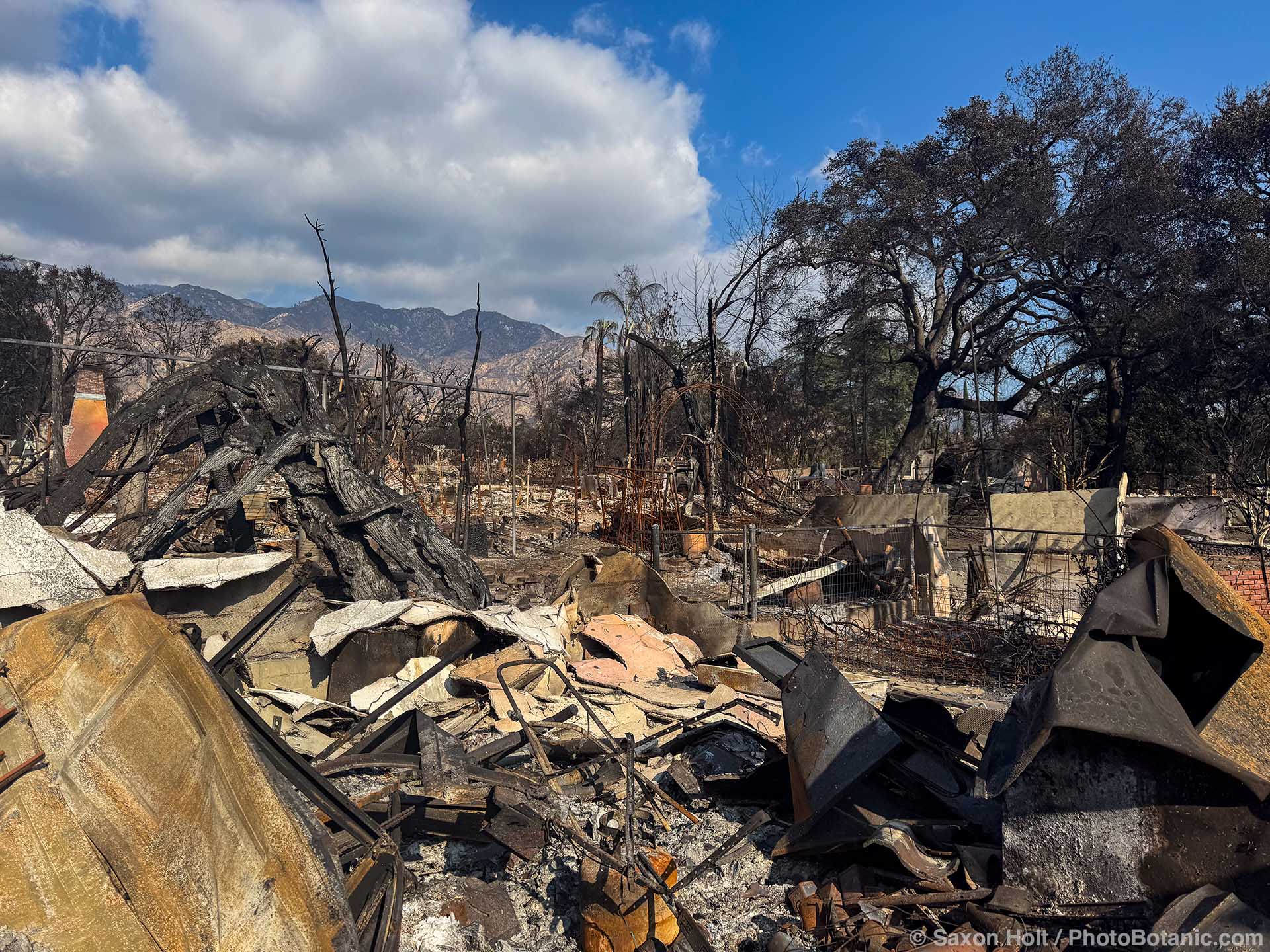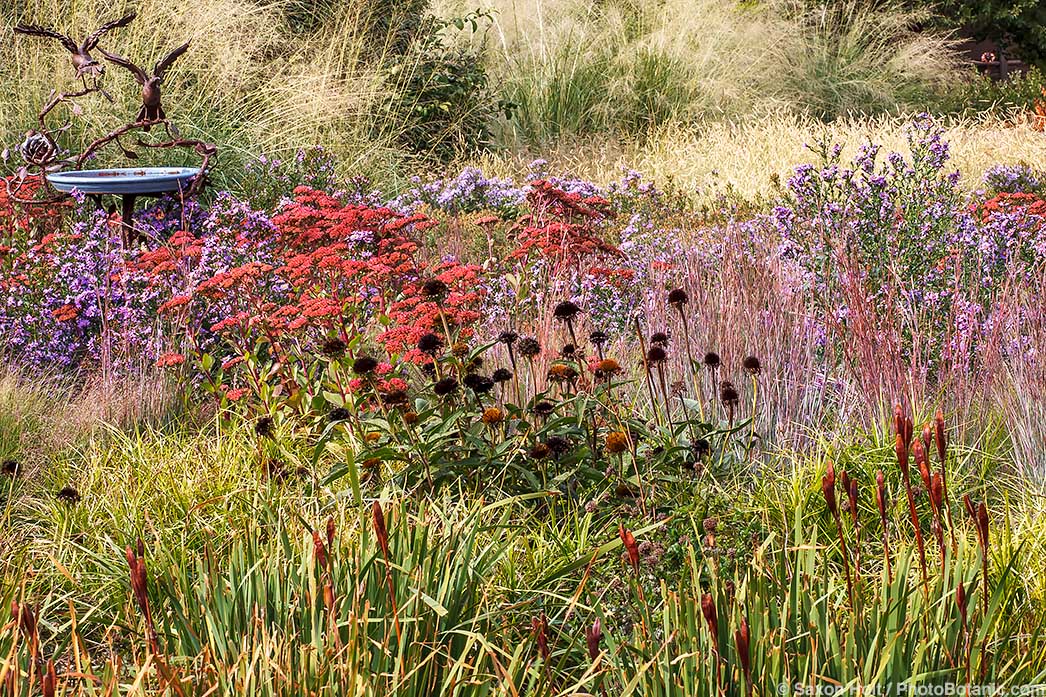Drought Tolerant is Irrelevant
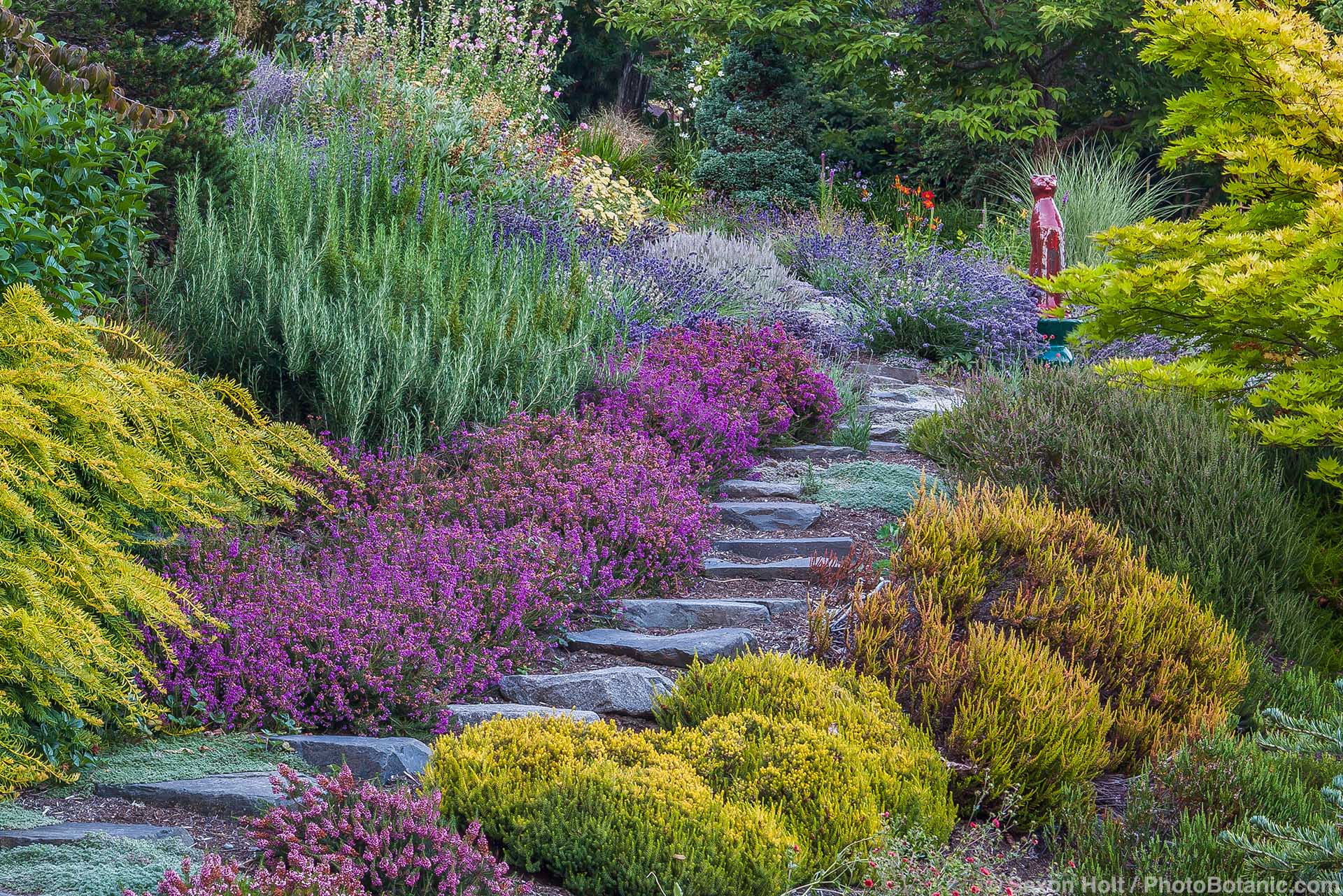
Share This!
 All plants are drought tolerant in their native habitat and no plant can live without water.
All plants are drought tolerant in their native habitat and no plant can live without water.
No matter where a garden is located, the tropics or the desert, the plants in that garden should naturally tolerate periods of lower than average water. They may thrive with supplemental water during dry periods but the term “drought tolerant” can be very misleading, especially in summer-dry climates.
Summer-dry gardens are naturally dry for long periods. It’s not drought, it’s normal. Depending on the particular location, a summer-dry climate can expect to be dry for 5 months (such as Seattle) or 9 months in Southern California.
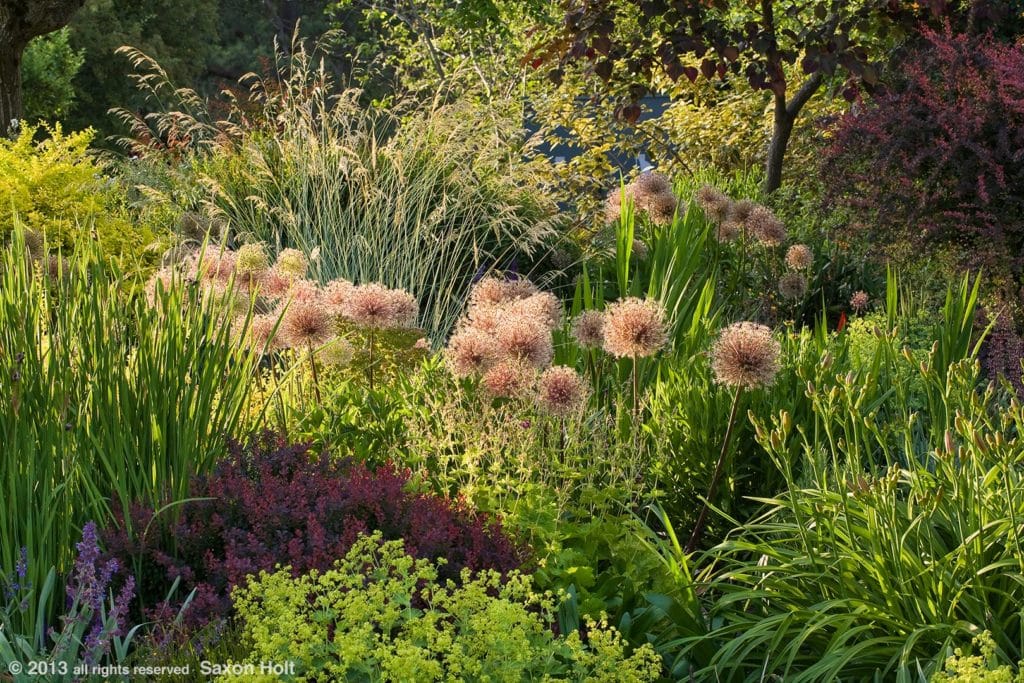
Waterwise mixed border demonstration garden at Bellevue Botanical Garden
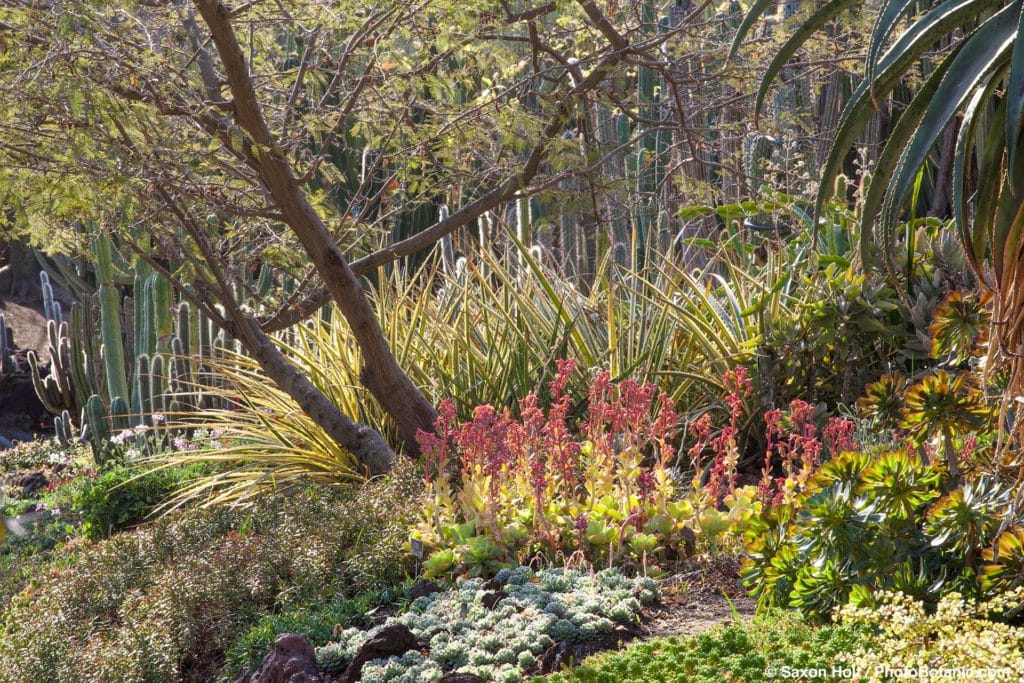
Waterwise mixed border at Huntington Botanical Garden
The best plants for those gardens are very different, but each can withstand months without water. Each garden looks better with some summer water and should be tolerant of no water, but this does not make them tolerant of drought outside the region and natural water they receive.
It’s pretty obvious the Bellevue garden, near Seattle would not survive in Southern California but the cactus and succulent garden of the Huntington in Pasadena would not survive in Palm Springs without additional water. Drought tolerant tends to mean that the plant is tolerant of no additional water in a garden in a given climate.
So don’t select plants for your garden that are simply called drought tolerant. A good local nursery will know the best plants for your region and may very well use the term “drought tolerant” when they really mean climate tolerant. Even local nurseries serve gardeners in diverse micro-climates, so know your natural rainfall when asking about drought tolerance.
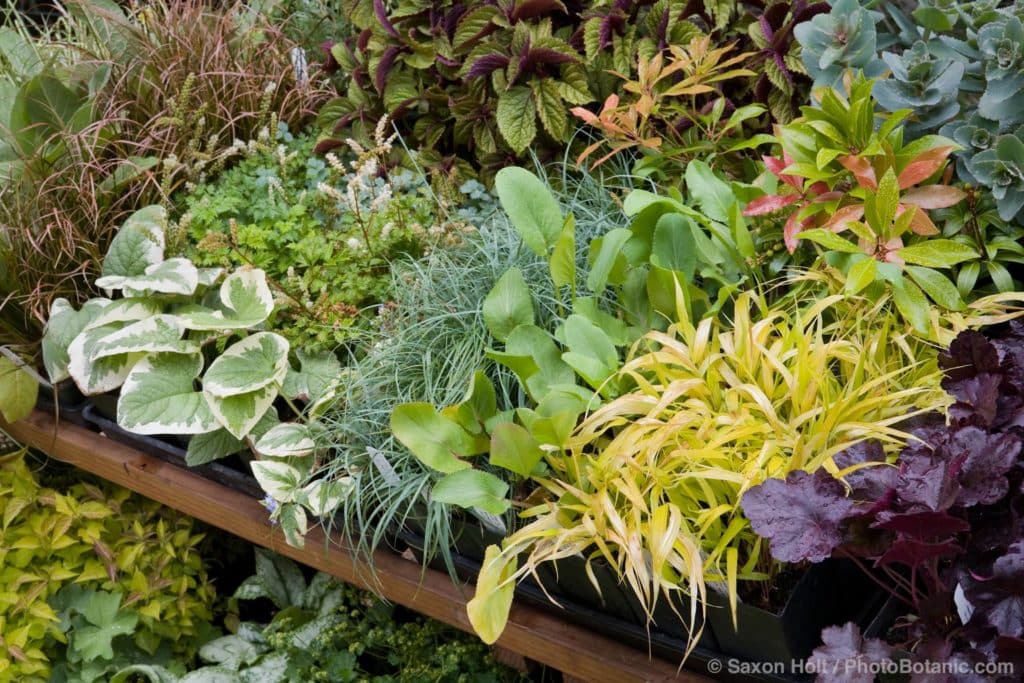
“Drought tolerant” plants in Digging Dog nursery display, Mendocino, Callifornia
Most gardens look best with some supplemental water and the art of summer-dry gardening is learning how to use water efficiently and experimenting with plants that mix with others. The State of California has an excellent database of garden plants, comparing how the same plants grow in different parts of the State.
The Water Use Classifications of Landscape Species or WUCOLS database is available as searchable database.
The best plants for summer-dry gardens are not drought tolerant, they are tolerant of dry periods in their native climate. Know your garden and garden where you are. Buy our book.
Share This!
Related Articles
By: Saxon Holt
By: Nora Harlow
By: Nora Harlow



